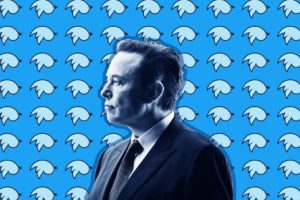Inflation and monetary policy remain at the center of the economic debate, even in these last days of 2022. This could not be otherwise, as a large part of the coming year’s fate depends on these two elements.
In fact, net of black swans and unexpected events, price trends, and interest rate choices by central banks will affect global growth prospects and the performance of financial markets. Nevertheless, at this point of the year, what can we put among the firm points and what, instead, continues to elude us?
The latest burst of macro data from 2022 has begun to give us some clues. The decision by the main central banks to raise rates once again and the notices from the governors have suggested further interpretations for a situation that remains very complicated.
The fundamental point seems to be above all one: financial markets and central banks are not thinking in the same way. To be more evil, one could even go so far as to say that investors do not seem to entirely believe the words articulated by the governors.
The version put forward by the central institutions is as follows: inflation shows signs of a slowdown, but they are not so convincing that it allows us to change our minds about the next steps. So, further increases in the coming months and the need to keep rates above the neutral level for a long time “deflate” the inflation accumulated in this last abundant year.
Markets see it differently, as we have said. The reasoning goes something like this: inflation has reached its peak and is returning to its levels (perhaps a little higher than before, but undoubtedly bearable). The central banks have done their job and , perhaps, they even exaggerated the increases and will soon realise it. This means the end of the hikes. Given that in the meantime macro data are starting to send signs of suffering, we will quickly move from a restrictive monetary policy to an expansive monetary policy. If all goes well, we won’t even have to put up with a too-heavy recession, maybe a couple of quarters, and finally growth once again.
The two versions of the story on inflation and monetary policy are compared on a daily basis, and this can be seen in a plastic way from the performance of stock lists and government bond yields. If we look at the futures market, focusing on the US case, the implicit value of interest rates at the end of 2024 is around 2%, and the peak is around the summer months of 2023. For statistics lovers, a dynamic of this type on the interest rate front, a cut of more than two points in 18 months is often associated with a recession.
The story of the temporariness of inflation has certainly dented the credibility of central banks. The markets now seem to be implicitly telling governors that they risk making another blunder, and that by going too far on the upside they will win the inflation victory only at the cost of a heavy recession.
Featured image by: Policyed






